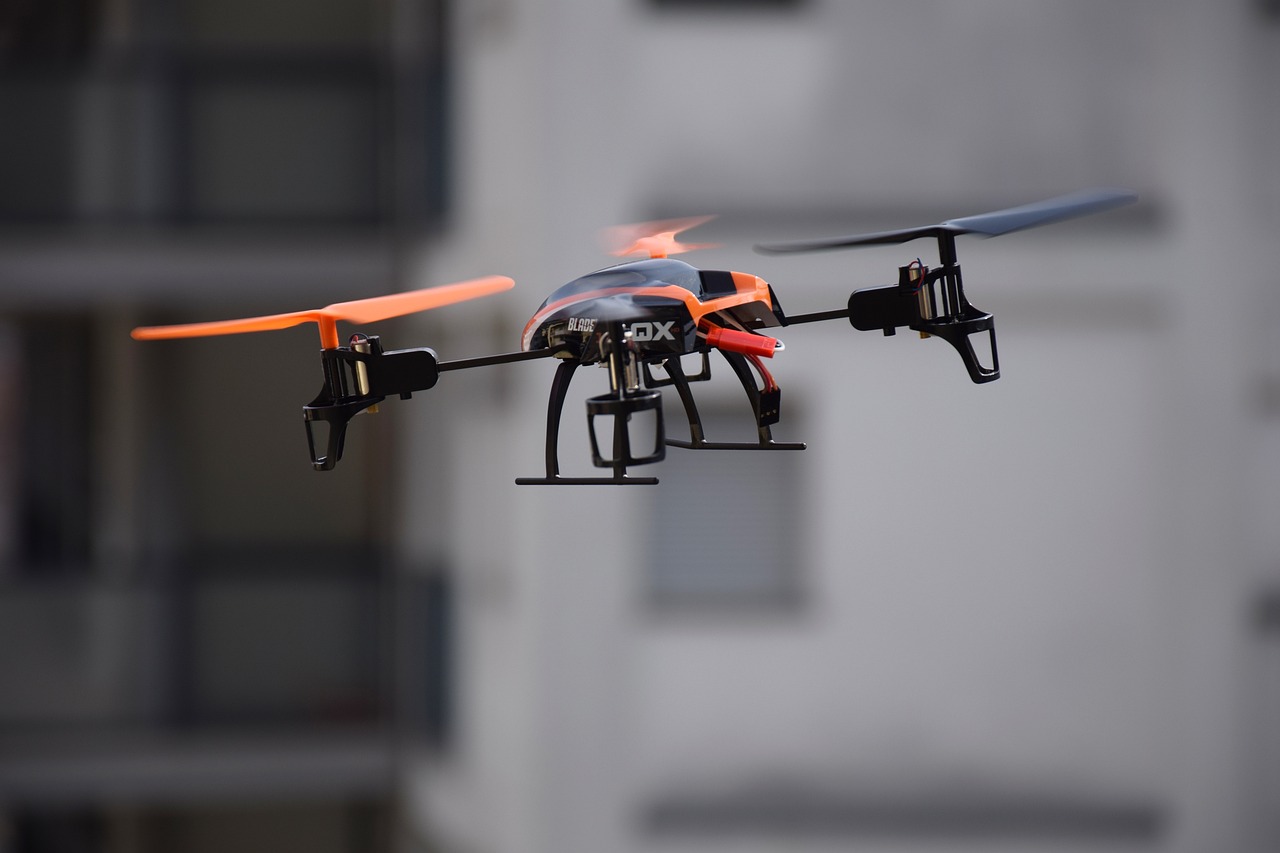This post is also available in:
 עברית (Hebrew)
עברית (Hebrew)
Researchers at The University of Tokyo and telecommunications company NTT in Japan developed an RFID-based guidance system for autonomous drones.
Drones conventionally rely on imaging to determine their location, but as more and more piloting is being done by machines it is becoming increasingly difficult to make a drone aware of its location, which makes tools like GPS and image recognition increasingly necessary. Furthermore, changes in weather conditions impact the quality of the images generated from onboard sensors. The Japanese collaboration has found the solution in RFIDs.
According to Interesting Engineering, RFID (radio-frequency identification) tags are battery-less tags that are temporarily powered up by the radio signal emitted by an RFID reader. The tag then uses this energy to relay the information it contains back to the reader using an integrated antenna.
The Japanese research team deployed a similar system on the autonomous drone. Since the communication occurs using millimeter wave frequency, the signals can travel a few miles and the drone can communicate with the RFID tag, even if it isn’t within visual range.
Since conventional RFID tags are made to work over extremely short ranges, the researchers have worked on improving the reflective capabilities of the RFID tags by adding corner reflectors to the tags so that they could receive and send back signals over a wider three-dimensional angle.
In order for them to also function in highly congested environments (like urban landscapes) the research team had to develop a new signal-processing pipeline that could work with greater accuracy and overcome the narrow reading range of millimeter-wave RFID technology.
All this begs the question, why not simply use GPS? The researchers explained that for the GPS-based tech to function, there need to be two GPS modules, one on the drone and the other on the landing point. This would not only increase the cost of installation and maintenance of these modules, it would also require that the landing port maintain a source of power to keep the GPS module working.
While all this is not very feasible in extremely remote locations, a battery-less RFID tag on the other hand can work anywhere in the world without the need to generate power for its operation. Moreover, it can be relied upon for long periods of time, as long as it remains undamaged in the remote location.
This solution could reportedly be deployed to deliver healthcare needs in remote areas or even disaster response without waiting for infrastructure to be made ready.
This information was provided by Interesting Engineering.




